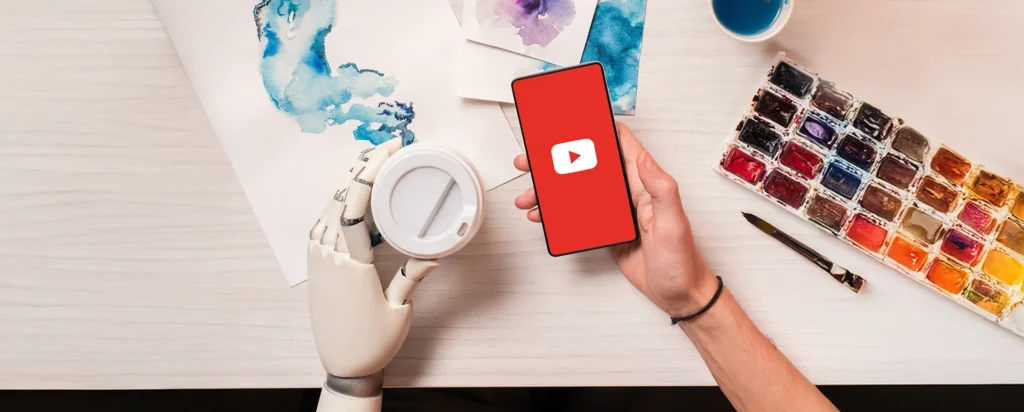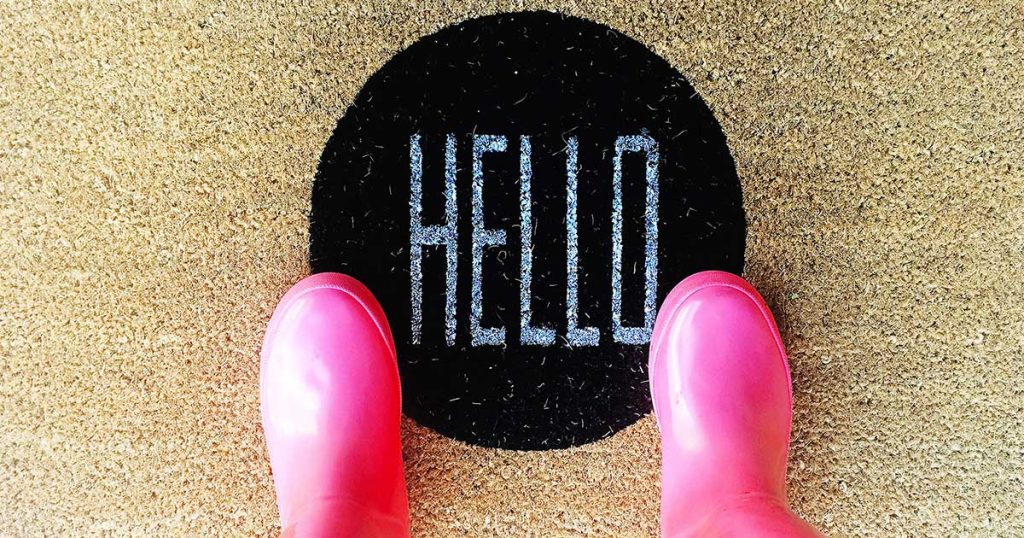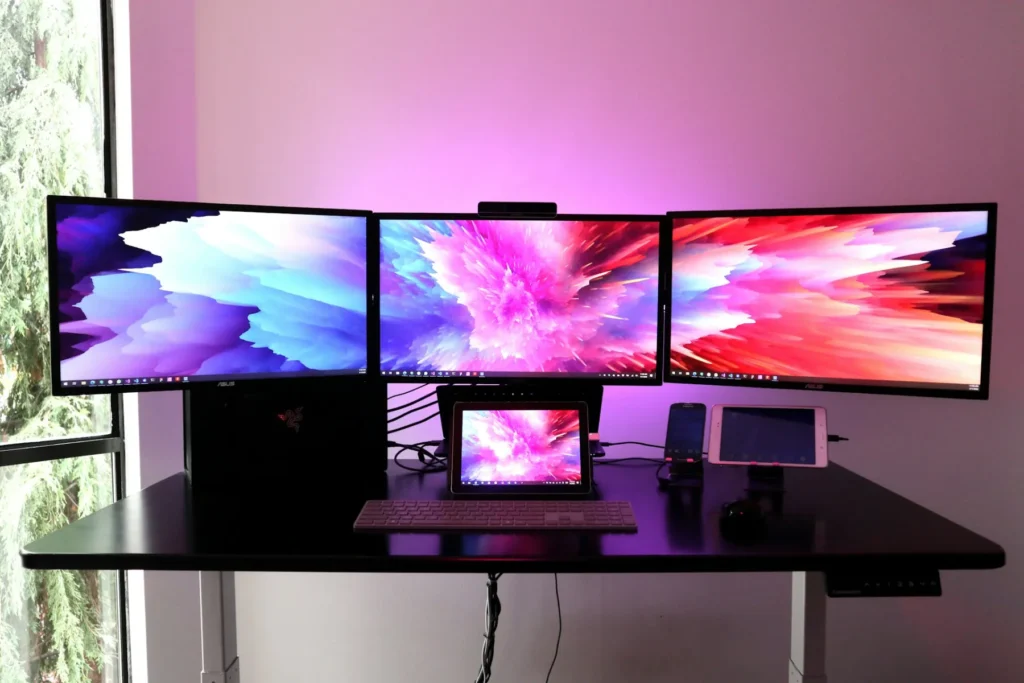FEATURED ARTICLE
How Personalized and AI Video Supports Employee Training and Culture
Need to motivate your team? Onboard new hires? Upgrade your L&D? Here’s how video fits in your toolkit.


Meet Lucas: The World’s First AI Video Creator
As artificial intelligence tools flood the internet, more than a few have cropped up to help with the video production process. They cover everything from AI audio denoisers to talking AI avatars. But there’s only one service that makes a complete video in minutes based on nothing more than a

How To Create Video Ads With AI (With Real Examples)
Video isn’t going anywhere. In fact, 78% of consumers want brands to use the medium more in their communications. It’s no surprise, then, that more than half of companies plan to increase their video marketing budgets in 2025, according to a recent Wistia survey. But is that enough? Between shrinking
How AI Video Generators Are Transforming Sales
When you hear “AI video,” what comes to mind? Maybe outlandish clips going viral on TikTok or surreal scenes that look straight out of a sci-fi movie. The truth is, AI-powered video is more than just a cool toy for content creators chasing likes on social media platforms. It’s also

How Personalized and AI Video Boosts Employee Training and Company Culture
How do you build a thriving workplace culture when your team might span time zones or no longer be in the office five days a week? How do you communicate in a way that feels personal when your employee base numbers in the thousands? And how do you keep people

AI Video APIs: What They Are, How They Work and Why They Matter
Artificial intelligence is reshaping how we create and engage with content. In fact, the generative AI market is projected to reach $1.3 trillion by 2032. That’s a clear sign of growing momentum behind tools that make content creation — including video — more efficient and scalable. From generating custom avatars

Dynamic Personalized Video Explained (With Examples)
Here are some stats that’re hard to ignore: 71% of consumers expect companies to deliver personalized interactions — and 76% get frustrated when that doesn’t happen. With personalization now a must-have, it’s just as important to bring that same personal touch to your video marketing strategy. Whether you’re looking to

AI Personalized Video Outreach: The Smarter Way To Sell
Let’s face it — sales outreach is hard. Standing out in a sea of cold emails, automated sequences and generic messaging takes more than a catchy subject line. That’s where AI Personalized Video comes in. This isn’t just a flashy gimmick. It’s a smarter, scalable approach to video outreach that

AI Personalized Video: How It Works and Why It Matters
Customers want personalized interactions. Almost 8 out of 10 consumers say they feel more valued when a brand invests in high-quality communications. And when it comes to video messages, consumers are 3x more likely to prefer a Personalized Video over a generic one from a business they trust. Thanks to

7 Game-Changing Uses of AI in the Mortgage Industry
The mortgage industry has long been burdened by time-consuming paperwork, slow approvals and rising costs. But recent advancements in AI are changing that. From automating document processing to improving fraud detection, AI is capable of streamlining nearly every step of the mortgage process. In fact, according to a recent Fannie

Why Personalization Is Key in Your Brand’s Content Marketing
Content marketing is a must-have for brands. In fact, it’s widely considered to be one of the best ways to market your product or service in this day and age. A majority of enterprise marketers say they’ve effectively used content marketing to create brand awareness (86%) and generate demand and

How AI-Powered Video Is Transforming Patient Engagement
When it comes to patient care, what happens outside the doctor’s office matters just as much as what happens inside it. From following post-op care instructions to navigating chronic conditions, patients are expected to take an active role in their health, but they’re not always equipped or motivated to do

Case Study: Transforming Blogs Into Video With AI
Writing blogs is easy. Maybe that’s a slight exaggeration. Sure, it’s not always simple to find the right words for whatever you need to say. But AI tools galore are getting better and better at helping with the process or even typing a few blogs of their own. And words

6 AI Use Cases in Banking That Generate Real Value
If it feels like artificial intelligence is everywhere these days, you’re not wrong — and banking is no exception. According to an EY survey, a whopping 99% of financial services leaders say their organizations are already using AI in some form. And when it comes to generative AI specifically? Every

Customer Onboarding 101: An Essential Guide for Success
It’s hard to overplay the importance of starting your customers off on the right foot. But while brands have come a long way in realizing the value of customer onboarding, there’s still room for improvement. Over 90% of customers feel that the companies they buy from “could do better” when

How AI Is Revolutionizing Enterprise Video Production
When you think about corporate video production, you might picture a lengthy, expensive process involving teams of videographers, editors and creative directors. But today, artificial intelligence is flipping the script. Enterprise video production with AI technology is faster, more scalable and often more cost-effective than traditional methods. For organizations looking